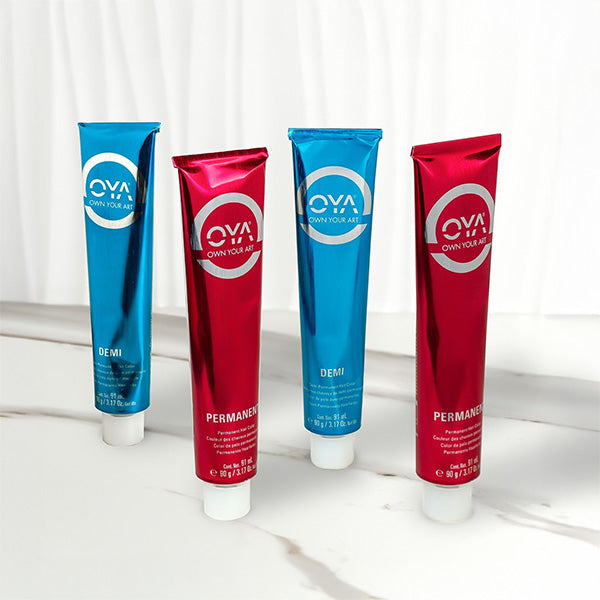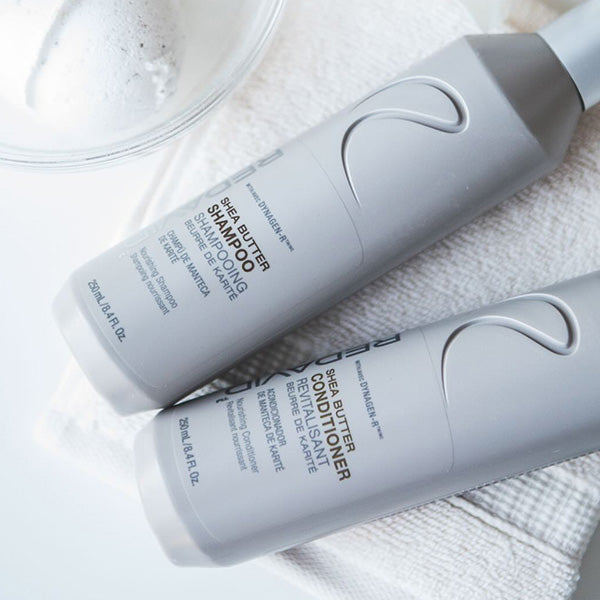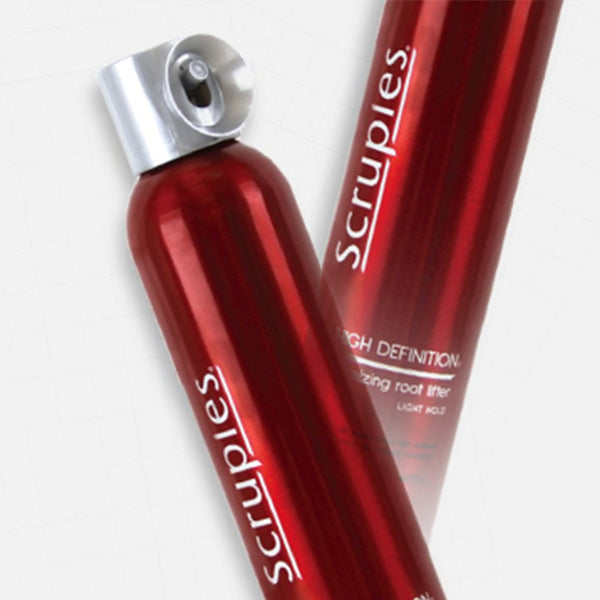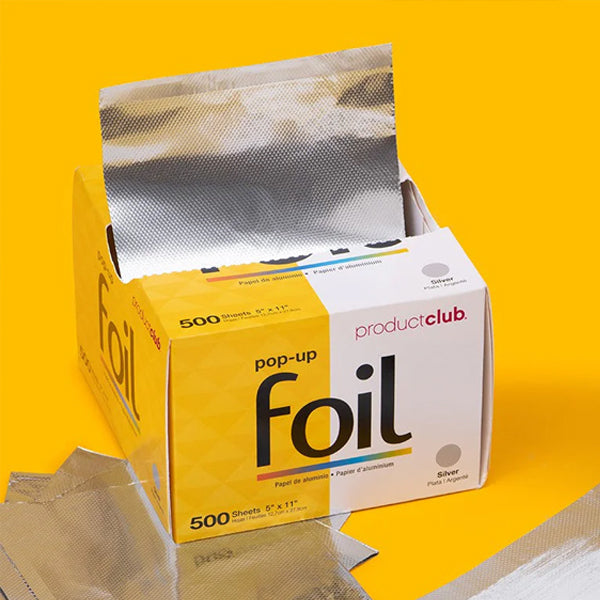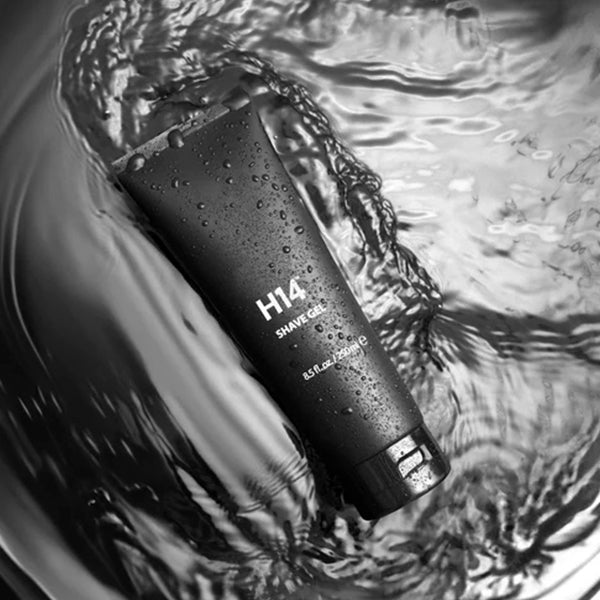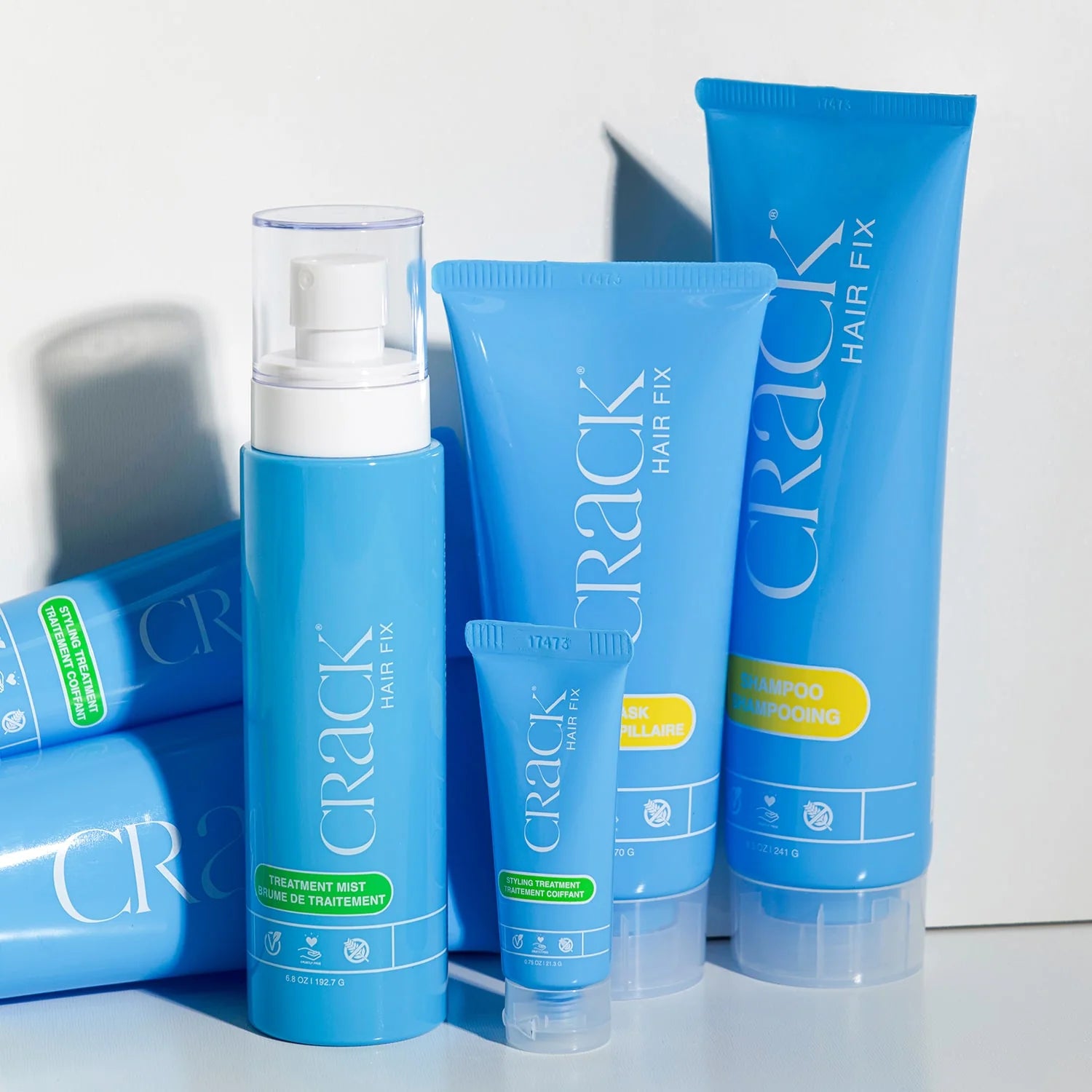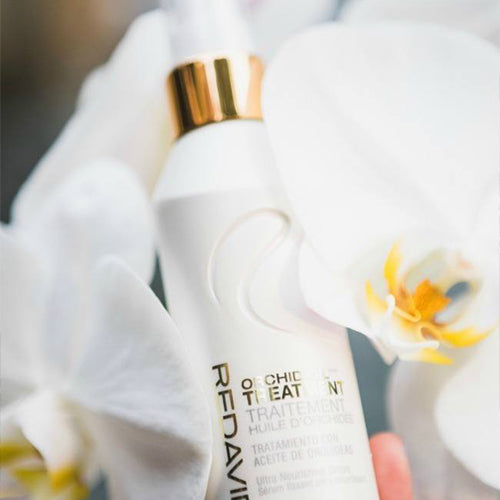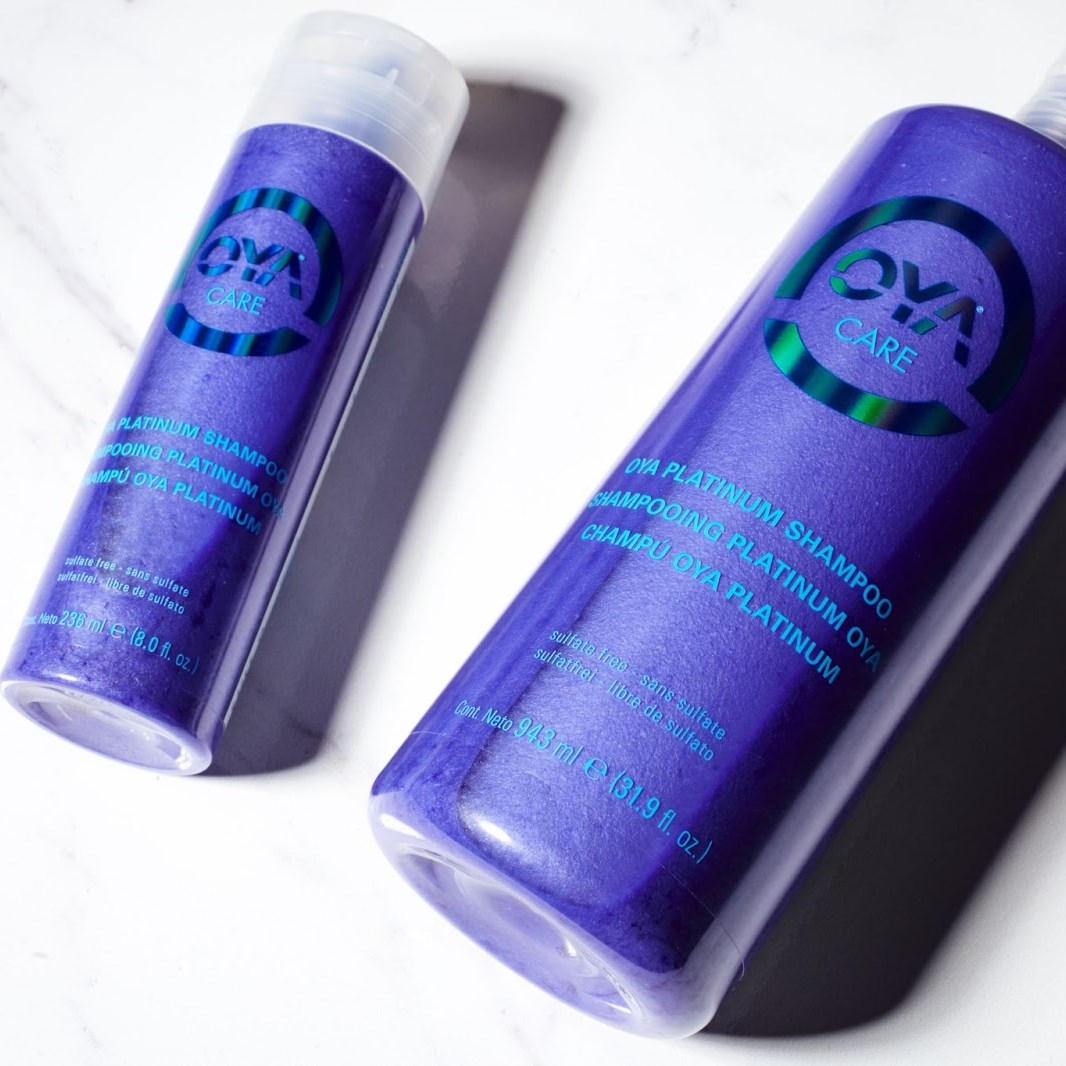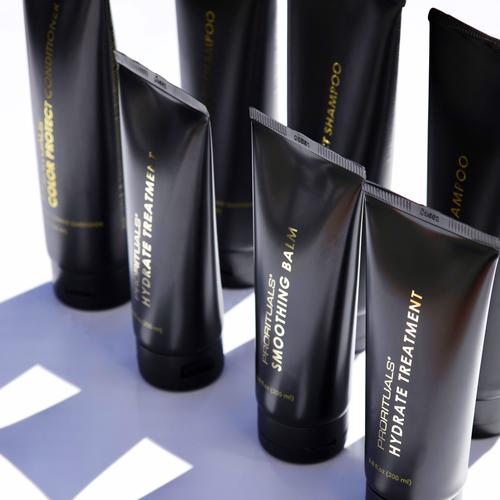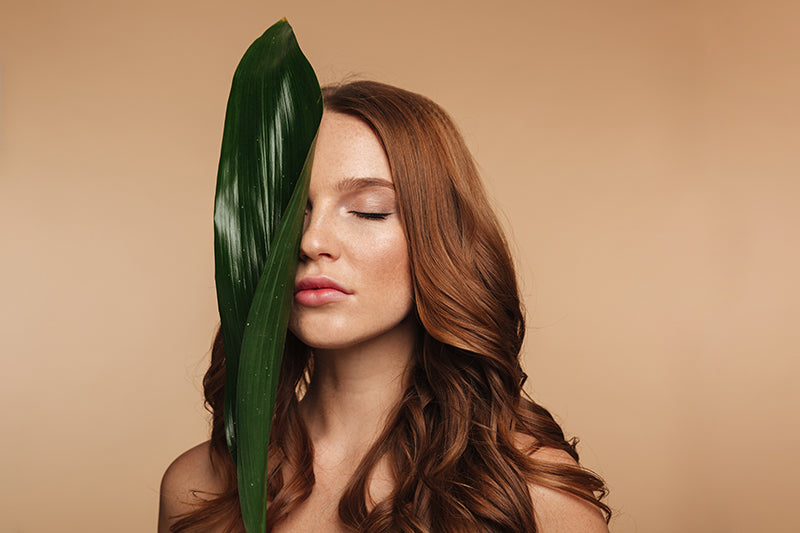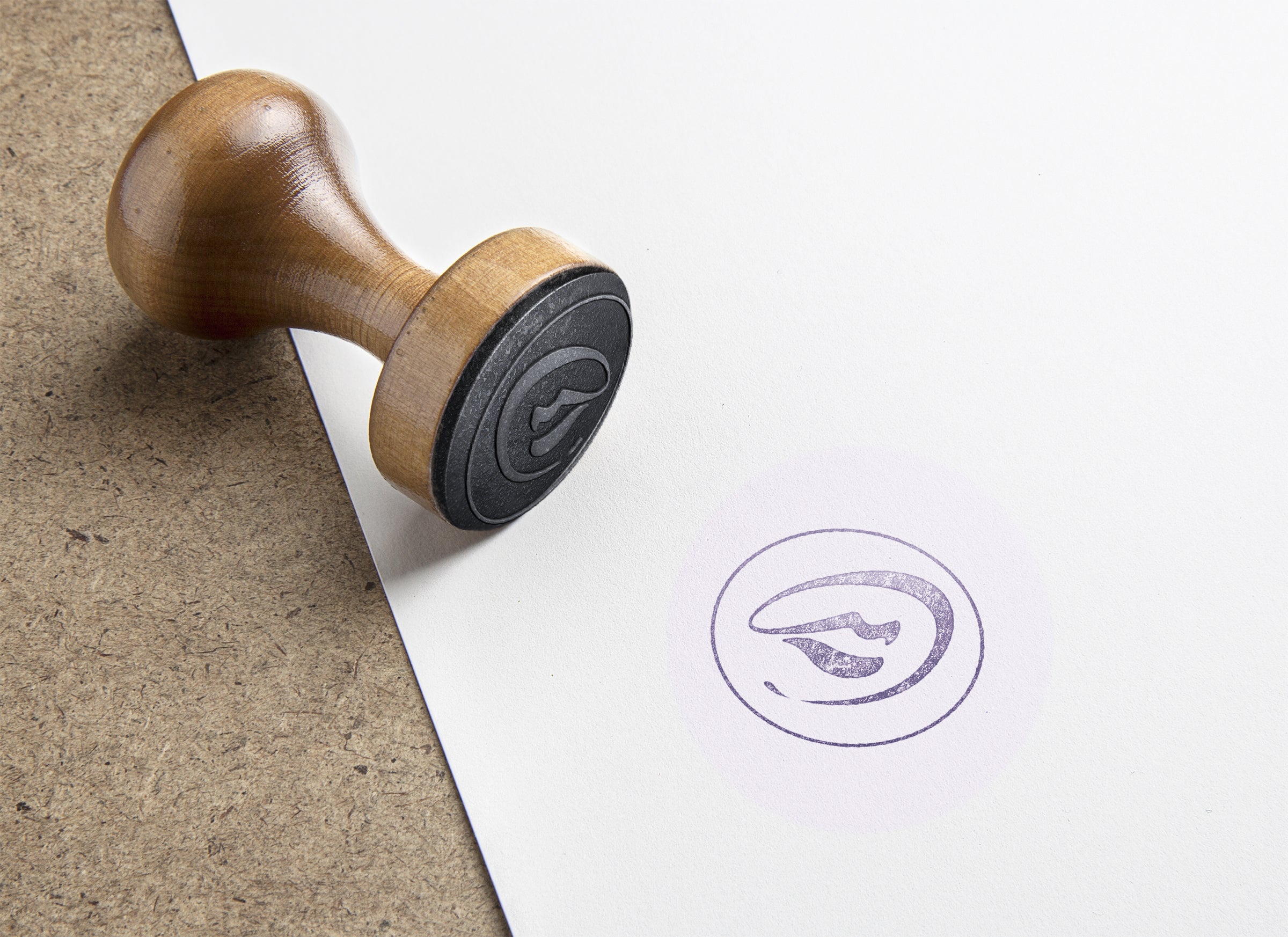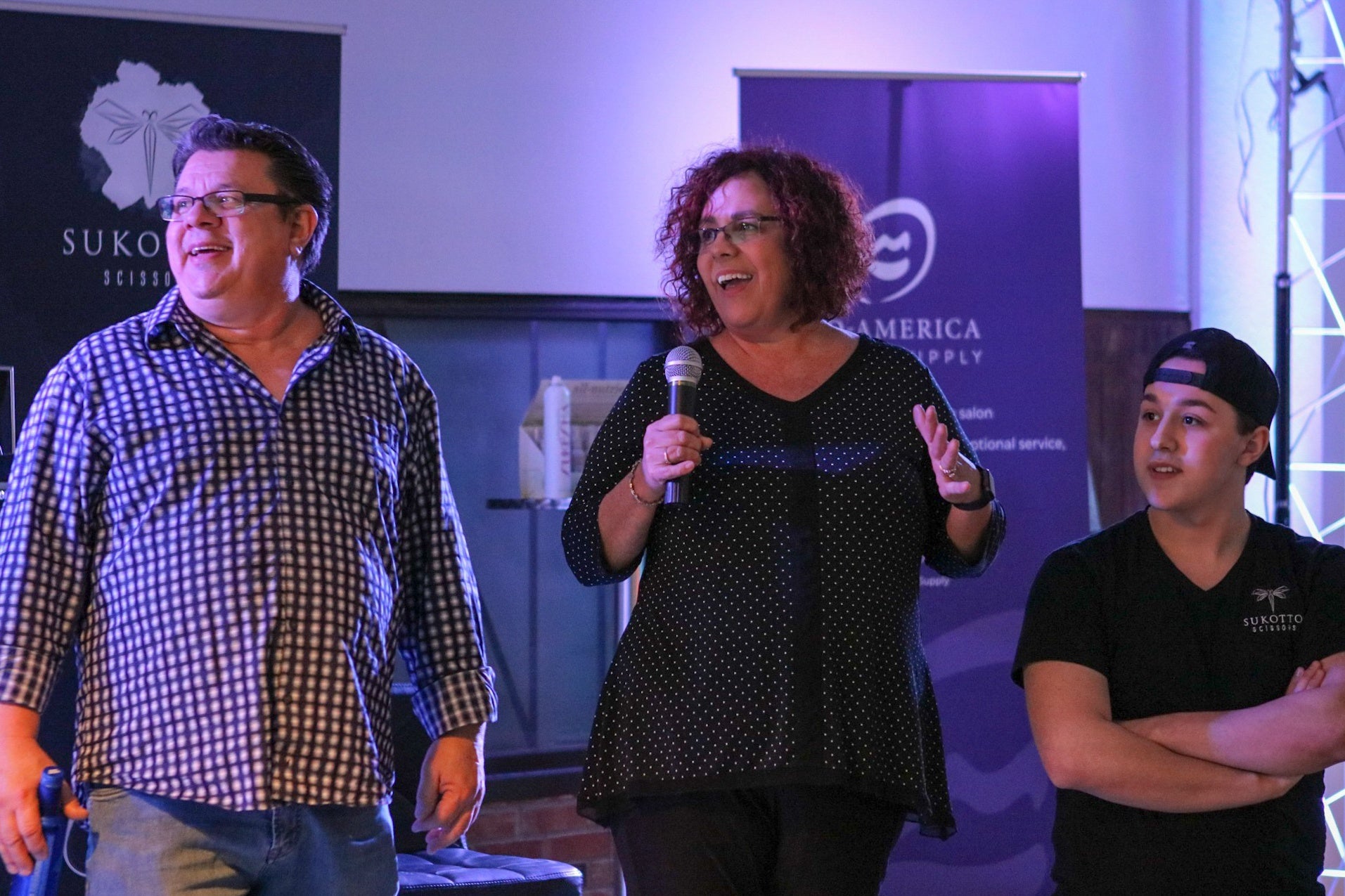The Over-Toning Problem: When Too Much Ash Leaves Hair Looking Lifeless
Cool tones have been trending for years, with many clients asking for “ashy,” “smoky,” or “icy” finishes. While toners are powerful tools for neutralizing unwanted warmth, overuse of ash-based pigments creates a new issue: flat, lifeless color. The art of toning isn’t about eliminating warmth completely—it’s about balancing it.
1. Why Ash Feels Overused
-
Client Demand: Social media images of platinum blondes and silvery brunettes drive clients to request ultra-cool finishes.
-
Stylist Safety Net: Ash bases feel like a guaranteed way to control brass, so many stylists lean on them heavily.
-
Marketing Language: “Anti-brass” and “cooling” products flood the market, reinforcing the idea that all warmth is bad.
The result? Hair that looks gray, dull, or even greenish instead of radiant.
2. The Science of Over-Toning
-
Pigment Build-Up: Blue- and green-based pigments are smaller molecules. When layered repeatedly, they collect in the cuticle, pushing out light and shine.
-
Light Reflection: Ash tones absorb more light than they reflect, making hair appear flat compared to balanced warm or neutral tones.
-
Porosity Factor: Porous mids and ends soak up cool pigments unevenly, leaving patches that can look muddy or smoky instead of seamless.
3. Recognizing Lifeless Ash in the Chair
-
Hair that looks darker than the level intended
-
Dullness, even under bright light
-
A green or blue cast on porous blonde ends
-
Clients complaining their hair feels “washed out” against their skin tone
4. Smarter Alternatives to Heavy Ash
-
Balance with Neutrals: Instead of pure ash, blend with natural or gold bases to keep light reflection intact.
-
Selective Placement: Use ash only where warmth is strongest (typically mids), leaving roots and ends slightly warmer for dimension.
-
Shift the Goal: Educate clients that a touch of warmth creates shine and vibrancy, while pure ash can look artificial or flat.
-
Gloss Instead of Tone: Clear glosses can restore brilliance without pigment overload.
5. How to Explain It to Clients
Clients may insist they want “no warmth at all.” This is where professional phrasing matters:
“A little controlled warmth is what makes hair reflect light. If I remove all of it, your hair can look flat or even gray. My goal is to neutralize unwanted brass but keep enough tone for shine and vibrancy.”
This reframes warmth not as a flaw, but as part of healthy, beautiful color.


